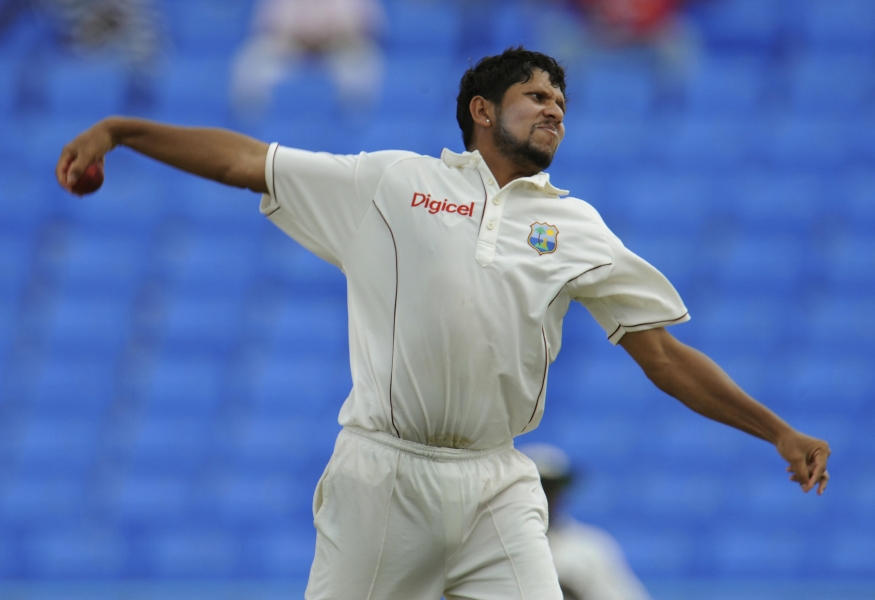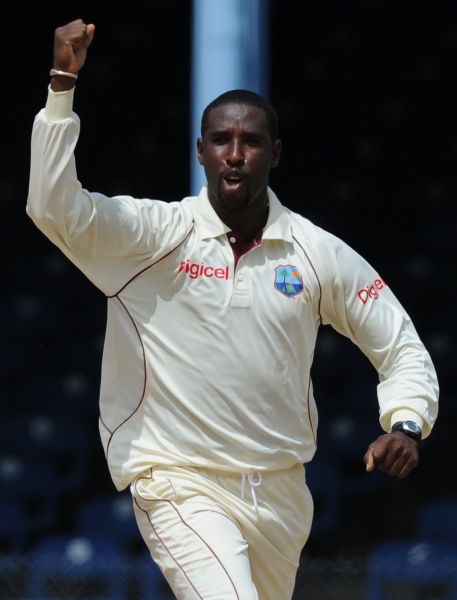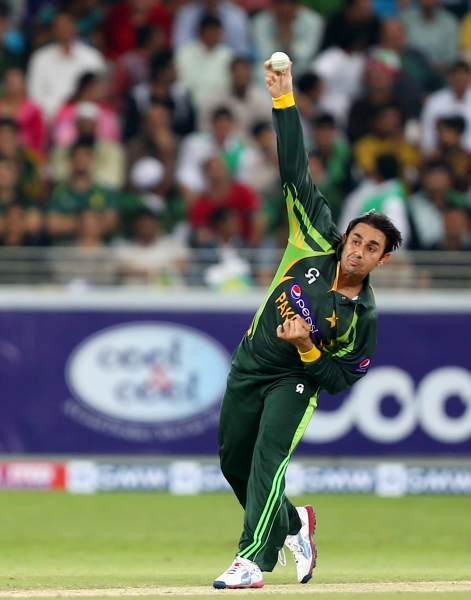News
Sunil Narine - Illegal bowling actions and injustice to batsmen
 OPINION
OPINIONNarine has been a champion performer who has added much to the game. It would be sad to see his career is significantly interrupted again
It’s happened again. For the umpteenth time Kolkata Knight Riders' Sunil Narine has been reported for a suspect bowling action. This occurred after match 24 of IPL 2020, against Kings XI Punjab at Abu Dhabi on October 10.
This would have been unwelcomed and upsetting to the West Indian spinner, who has spent much of his career under the cloud of an uncertain bowling action. The Trinidadian has long been amongst the most effective white-ball bowlers in the game, and has given stalwart service to the Kolkata Knight Riders, who have had him in their ranks since 2012.
Despite his pedigree, and despite his attractiveness as one of the T20 cricket’s most sought-after soldiers-for-hire, Narine has had to traverse a road strewn with hurdles and potholes. He was first reported – twice -- during the 2014 Champion’s League T20 competition. This forced the bowler into remedial work which necessitated him missing the 2015 World Cup.
He was also reported during the 2015 IPL, and his offbreak was found to be in violation of the law regarding illegal bowling actions.
After more corrective work he was reported again in November of that year after an ODI against Sri Lanka. This resulted in a ban, and Narine, disappointingly, played no part in the winning West IndiesT20 side than captured the World Cup in early 2016.
Working with highly regarded bowling coach Carl Crowe, Narine returned with a remodeled action which was cleared by the ICC. But that was not the end of his troubles, for he was reported during the PSL in March 2018 after a game between the Lahore Qalanders and the Quetta Gladiators.
Cleared not long afterwards, Narine plied his trade largely unmolested until now, though there are reports he was also reported during the recent Caribbean Premier League (CPL) while representing for the Trinbago Knight Riders. As things now stand, the bowler has been placed on a “warning list,” which means he will be barred from bowling for the rest of the tournament if he is reported again.
The problematic bowling action has long been one of the more controversial aspects of the game. Some years ago, tests were done on a host of international bowlers, past and present, to see if their actions complied with the law. To the consternation of everyone, all but one of the bowlers placed under scrutiny had an action that contravened the existing rule. Even a bowling action considered as pristine as that of Michael Holding’s was found to be in violation. Angus Fraser and others were shocked to find that their actions were not without blemish. Everybody was taken aback. Nearly every bowler, it was discovered, flexed their elbows to some degree. The one “clean” bowler? Ramnaresh Sarwan.

Sarwan bowled very occasional legspin for the West Indies, and it must have been the source of much hilarity for him and his colleagues that he, only marginally a part-timer, might have been the one “true” bowler in the international game.
The study led to change. Eventually, the law was adjusted so that bowlers would still be in compliance if the flexed their elbows 15 degrees or less. This allowance was supposed to be a reasonable accommodation. Everybody was bending or straightening their elbows to some degree. The 15-degree limit was therefore a necessary compromise, it was thought.
And yet some bowlers were still unable to comply. A number of mystery spinners, for example, especially those who sought to deal in the doosra, found that they were often in breach.
Former Pakistani spinner Saeed Ajmal was one. Arguably the best spinner in the game at the time, his bowling action, when examined, was found to far exceed the 15-degree limit. Attempting to return to international level after remodeling his technique, he was nowhere near as effective as he was previously.
The West Indies’ Shane Shillingford was another. The offspinner found things much more difficult after completing rehabilitation. He still plays first-class cricket for the Windward Islands, but, like Ajmal, was not the force he was after being mandated to remove the doosra from his repertoire.
Some of the other bowlers who, at one point or other, were found to have operated outside the boundaries of the rules were Sachithra Senanayake from Sri Lanka, Marlon Samuels and Jermaine Lawson from the West Indies, Pakistan’s Shabbir Ahmed Khan, Johan Botha from South Africa and Abdur Razzaq, Taskin Ahmed, Sohag Gazi from Bangladesh. All had their bowling careers disrupted because they ran afoul of law. Their teams were deprived of their services as well and had to find alternatives.

But the inconvenience to the bowler and his team was one thing, quite another was the opposing batsmen and teams who were victims to deliveries produced by illegal actions. The flexing of the arm beyond the legal limit is prohibited because it provides an undue advantage to the bowler. Therefore, justice would seem to demand, that like the wicket taken by a no-ball, a wicket resulting from a ball propelled by an illegal bowling action should not count.
Unfortunately, there is probably no way to implement this measure. Any kind of attempt to effect immediate redress would probably prove cumbersome and impractical. That means, however, that those unfairly disadvantaged by bowlers breaking the law can have no remedy. But what do you then say to batsmen dismissed by bowlers with unlawful actions? Some of them might have lost their places or even their careers as a result. Don’t they have a real grievance?
Narine snared two vital wickets for 28 runs during that October 10th game. His performance helped his team gain victory by a measly two runs. The wicket of his West Indian compatriot Nicholas Pooran was especially significant since the Guyanese lefthander has shown himself quite capable of wreaking the kind of havoc that can totally decimate an opponent. He was bowled for 16 by Narine just when he appeared to be getting into stride. What if it were subsequently detected that the ball that got Pooran was not delivered within the rules? Would that mean the batsman and his team were robbed?

It is highly doubtful that any bowler willingly employs an illegal bowling action in order to secure an unfair advantage. Why would they, considering the stigma attached to “throwing”, and the risk of having their livelihood threatened by the curtailment of their career? Transgressing the rules is therefore likely to be a matter of technique rather than one of dishonesty.
Narine has been a champion performer who has added much to the game. It would be sad to see his career is significantly interrupted again.